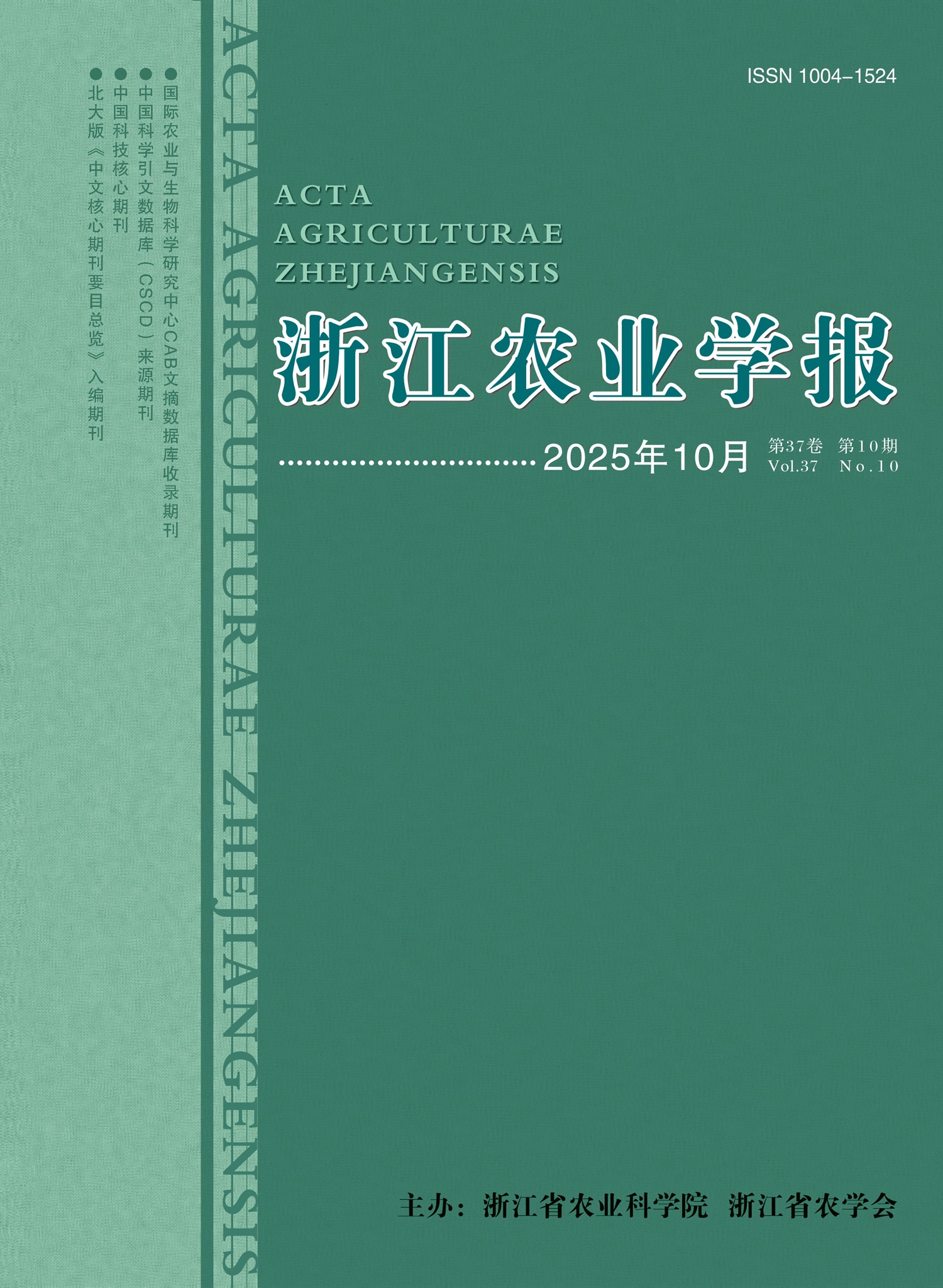To clarify the community characteristics and species diversity composition of summer weeds in paddy fields after continuous years of rotation, three rotation patterns, including rice-fallow rotation, rice-rape rotation, and rice-wheat rotation, were implemented. Surveys were conducted on the summer weed communities in fields, and the relative dominance of different weeds, species richness, Simpson index, Shannon-Wiener index, and Pielou evenness index were analyzed under each rotation system. Niche breadths of different weeds and correspondence analysis of different rotation systems were also performed. Results showed that under the rice-fallow rotation, there were 33 species of summer weeds, with dominant species including Alopecurus aequalis Sobol., Beckmannia syzigachne (Steud.) Fern., Rumex dentatus L., Cardamine occulta Hornem., Erigeron annuus (L.) Pers., Hemisteptia lyrata(Bunge) Fischer & C. A. Meyer, Cnidium monnieri(L.) Spreng., Mazus pumilus(N. L. Burman) Steenis, Stellaria aquatica (L.) Scop., Persicaria lapathifolia (L.) Delarbre, Glyceria acutiflora subsp. japonica(Steud.) T. Koyana & Kawano, Polypogon monspeliensis (L.) Desf., Stellaria alsine Grimm, Pseudognaphalium affine (D. Don) Anderberg, Symphyotrichum subulatum(Michaux) G. L. Nesom, Polypogon fugax Nees ex Steud., Geranium carolinianum L.. Under the rice-rape rotation, 18 weed species were identified, with dominant species including B. syzigachne, Vicia sativa L., A. aequalis, E. annuus, C. monnieri, G. carolinianum, Lapsanastrum apogonoides(Maximowicz) Pak & K. Bremer, H. lyrata, P. affine, S. aquatica, M. pumilus, Cerastium glomeratum Thuill., S. subulatum, S. alsine. The rice-wheat rotation had 22 weed species, dominated by B. syzigachne, Galium spurium L., A. aequalis, M. pumilus, E. annuus, L. apogonoides, C. monnieri, S. aquatica, C. occulta, P. affine, C. glomeratum, R. dentatus, H. lyrata, S. subulatum, Alopecurus japonicus Steud.. Niche breadth analysis indicated that A. aequalis, E. annuus, H. lyrata, C. monnieri, M. pumilus, S. subulatum, P. affine, B. syzigachne, R. dentatus, L. apogonoidesexhibited broader ecological niches among three rotation systems. Correspondence analysis revealed that V. sativa, G. carolinianum, and H. lyrata were better suited to rice-rape rotation fields, while G. spurium, M. pumilus, C. glomeratum thrived in rice-wheat rotation fields. Weeds like A. aequalis, M. aquaticum, and L. apogonoides adapted well to both rice-rape and rice-wheat rotation system. In northern Zhejiang Province of China, weed species richness in wheat and rape fields under rotation was significantly (p<0.05) lower than that in fallow fields. Furthermore, species richness in rape fields under rice-rape rotation was significantly lower than that in wheat fields under rice-wheat rotation.

